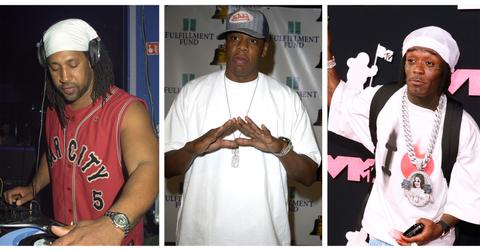
Hip-Hop Through the Ages: Tracing the Evolution of Hip-Hop From 1970 to the Present
Hip-hop started as a small movement and became a cultural phenomenon. Here's a timeline of the genre's history from 1970 to the present day.
By D.M.Jan. 29 2024, Published 4:17 p.m. ET
In the early 1970s, a musical revolution was born. What started as neighborhood block parties transcended into a new sound that captivated music lovers around the world.
The beats, rhymes, and rhythms that originated in the Bronx have since become a universal language as hip-hop is now a powerful force in the music industry. The hip-hop timeline – from its humble beginnings to its present-day dominance – is proof of the genre's evolution, innovation, and cultural impact.
Let's dig in.
1970s – 1980s: The Birth of a Movement
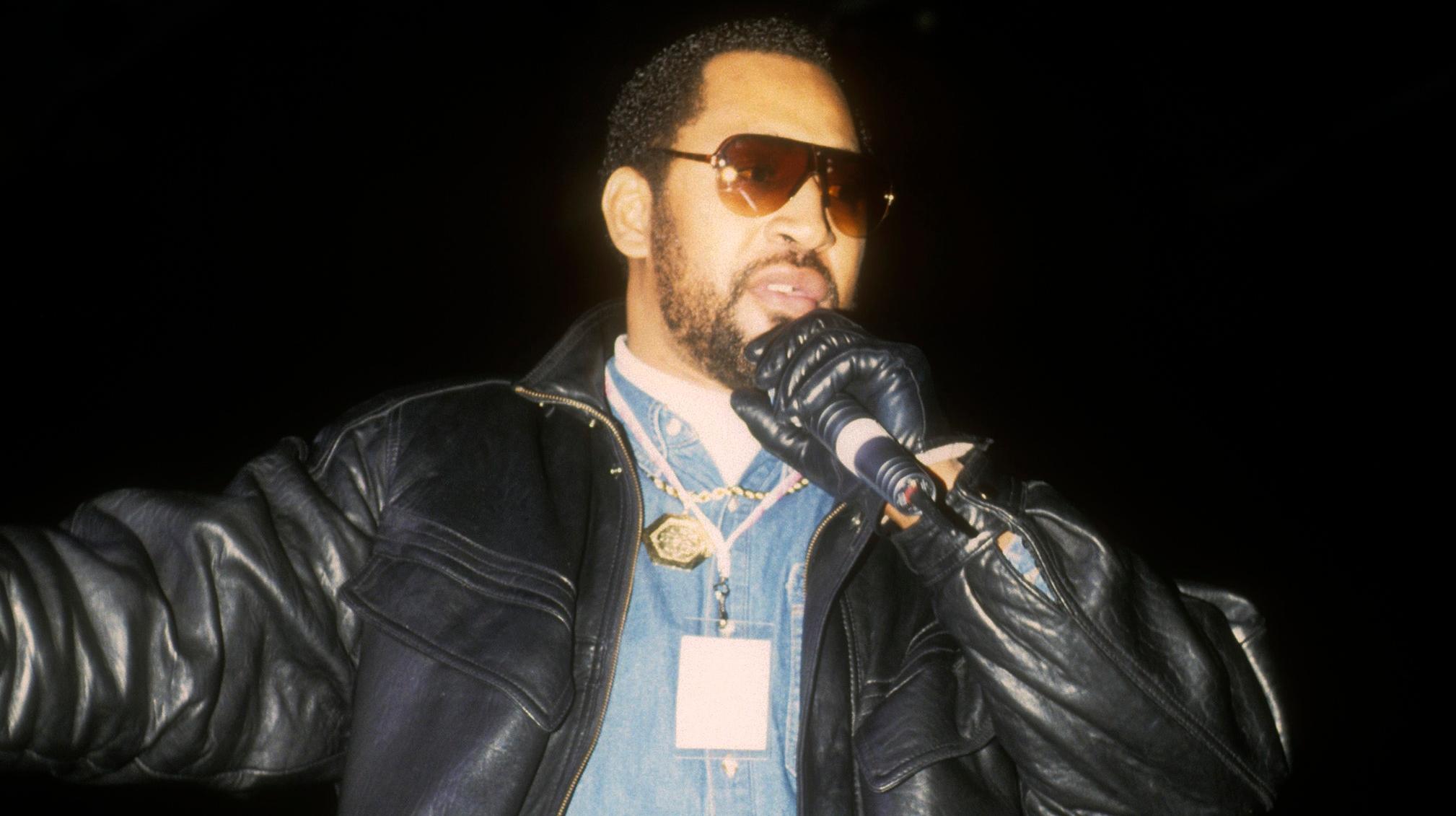
Hip Hop Personality DJ Kool Herc (aka Clive Campbell) performs on January 10, 1994.
The 1970s rap era provided the groundwork for hip-hop's rise to prominence.
DJ Kool Herc's block parties introduced breakbeats and gave birth to the art of DJing. This period gave way to the four pillars of hip-hop – DJing, emceeing, graffiti painting, and break dancing. These elements helped create the foundation of the genre, which has since evolved into a global phenomenon.
1980s – 1990s: The Golden Age of Pioneering Rap Icons

Jazzy Jeff and Will Smith in the 90s.
The 1980s is often regarded as the "Golden Age” of hip-hop. This period, marked by the rise of artists who had an undeniable impact on the genre's future, gave birth to hip-hop’s biggest icons.
In the early to mid-80s Grandmaster Flash, Run-DMC, Public Enemy, and many others were thrust into the spotlight. Later, rappers like DJ Jazzy Jeff and the Fresh Prince rose to fame and took their talents to the small screen.
Tupac Shakur and The Notorious B.I.G. dominated the rap scene in the late 90s. The East Coast-West Coast rivalry between the two eventually reached its climax in 1996 when the rappers were killed in separate drive-by shootings that remain unsolved.
Late 1990s – 2000s: New Commercial Heights
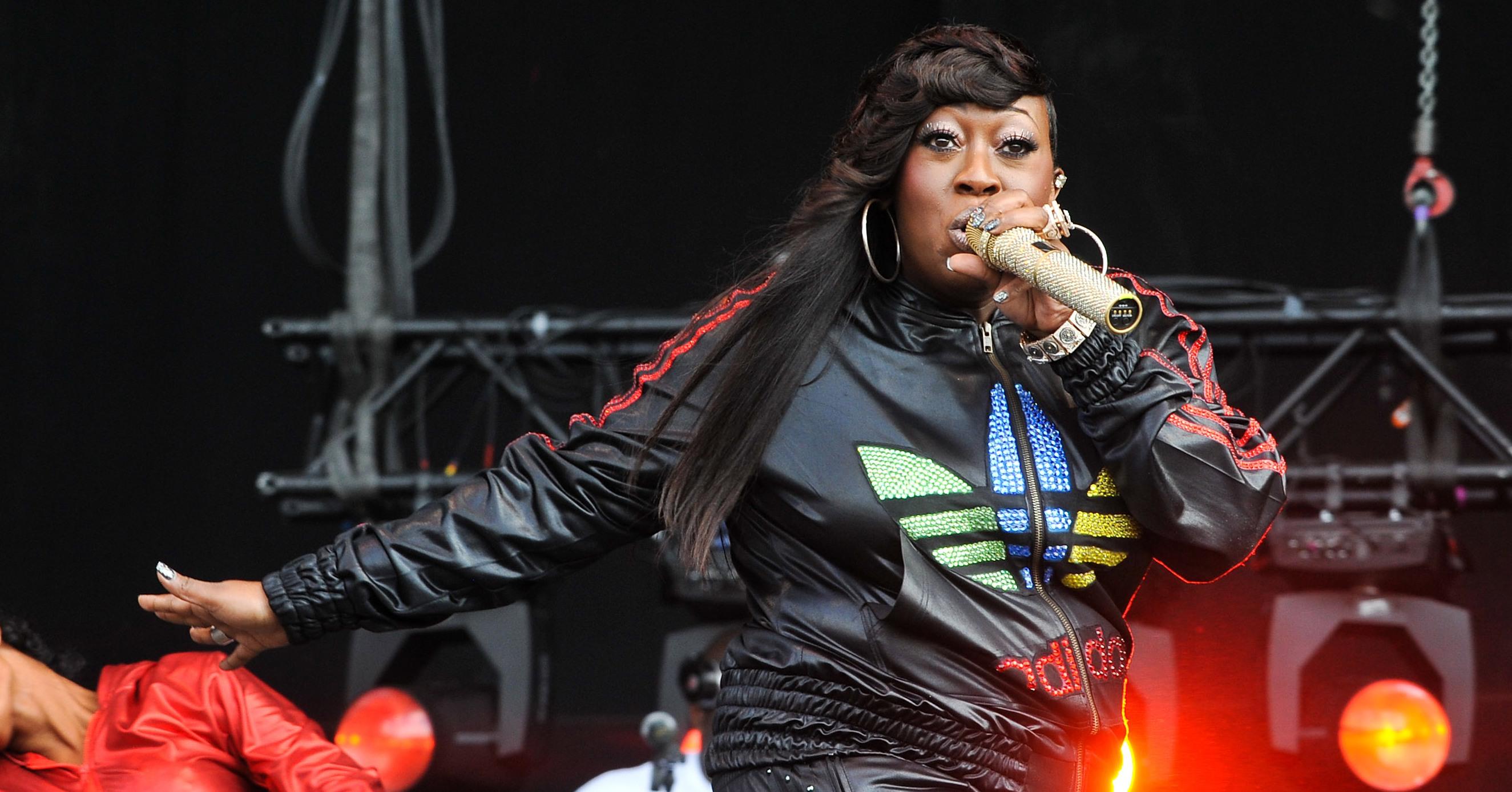
Missy Elliot performs on stage during the second day of Wireless Festival.
As the millennium came to an end, hip-hop artists continued to infiltrate mainstream pop culture. Rappers like Jay-Z, Eminem, and Missy Elliott showcased the genre's versatility, creating hits that topped the Billboard charts.
The production landscape also expanded with the rise of producers like Dr. Dre and Timbaland.
2010s: The Rise of a New Wave
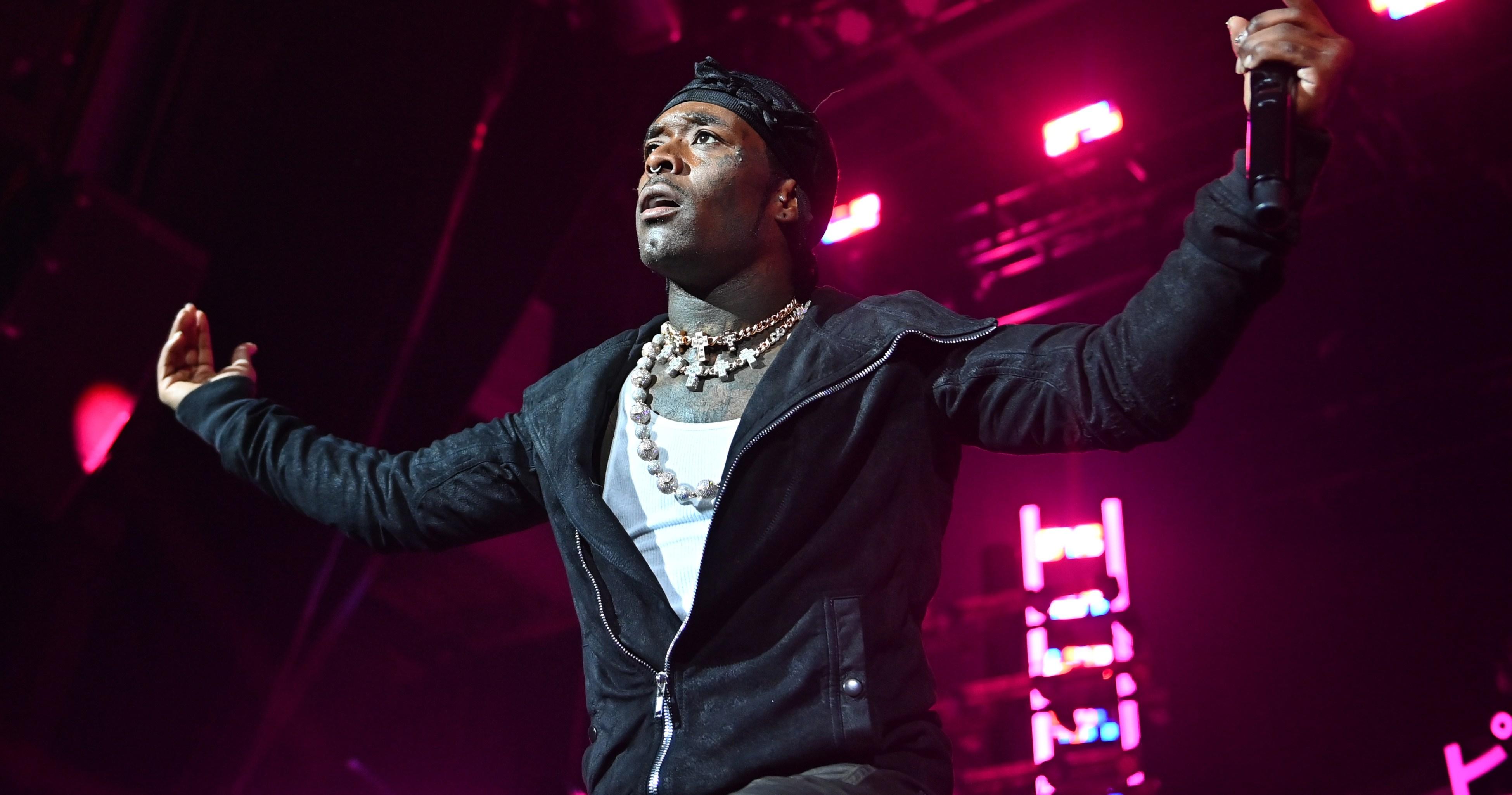
Lil Uzi Vert performs in concert during his "Pink Tape" tour.
The 2010s marked a sudden change in the ways hip-hop music was produced and consumed. The rise of sub-genres and streaming services helped solidify hip-hop’s place in the industry while shifting the standards for rappers.
Acts like Lil Uzi Vert and Lil Yachty first gained notoriety on the internet as viral acclaim became as valuable as street credit.
With the emergence of streaming platforms came a new sound. Rappers from across the globe created intricate productions that strayed away from old-school beats.
Present: Hip-Hop as a Cultural Force
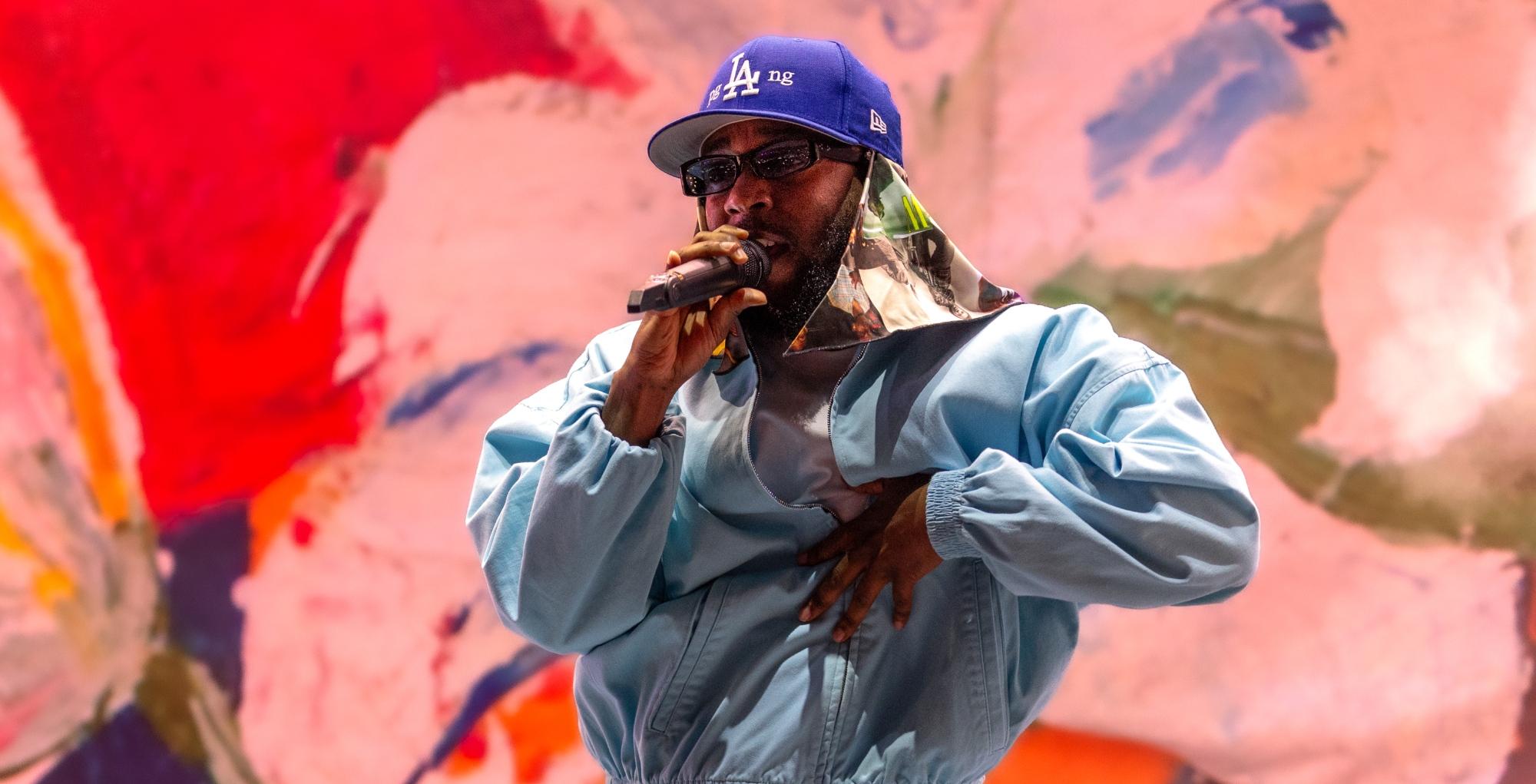
Kendrick Lamar at Life Is Beautiful 2023
Hip-hop stands as one of the leading genres of music. Between 2018 and 2022, rap music was the biggest commercial genre in the U.S. (according to Billboard.)
Rappers like Kendrick Lamar and Drake have helped lead the charge in hip-hop, producing hit after hit.
Drake has scored nine No. 1 records since he burst onto the scene in 2010 while Kendrick has become a Grammy favorite, receiving 17 wins and 50 nominations during his career — so far.
Hip-hop has come a long way and new school rappers prove that the genre will only continue to evolve as the years go by.
The author’s content and opinions have not been pre-reviewed, approved or endorsed by Discover.

